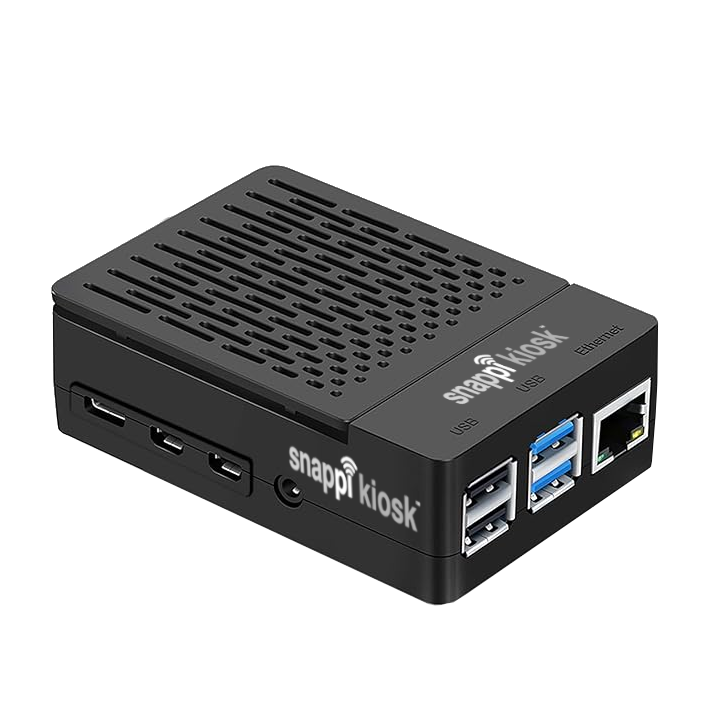Instruction Details
- Temperature:
- 400°F / 204.44°C
- Time:
- 90 seconds
- Pressure:
- Light
- Prepress:
- 10 seconds
- Substrate:
- 9000-PANEL, 9001-PANEL (Part numbers may vary by distributor)
Heat Press Method Instructions
Tote Bags: Required Accessory: 16x20 Teflon Pillow, insert into bag before fixing image, it will smooth out wrinkly areas and eliminate bleeding.
1. Cover the press with a protective sheet of paper.
2. Place the item, imaging side face up, on the protective paper and lint roll the entire area that will come into contact by the press.
3. Insert a 16”x20” Teflon pillow between the layers of the tote to prevent the image bleeding through to the other side.
4. Sticky lint roll the substrate and pre-heat.
5) Sticky lint roll the substrate while warm and then remove from the press and allow cooling.
6. Lightly mist transfer with DyeTrans Adhesive Spray. If you press the product to the edges (full bleed), it may lose its shape; try using even less pressure or less heat to correct. Blue dots may appear if lint rolling is not thorough
7. Place the transfer on the fabric, smooth wrinkles.
8. Cover with protective paper and press.
Small blue or red flecks may appear after pressing. To prevent this apply a sticky lint roller prior to and after pre-heating.
Tote bag handles will melt when in contact with the heat press.
When pressing a small transfer onto fabric you might try placing a Mousepad beneath the surface of the area accepting the transfer – for example if a logo is to be pressed on the pocket of a shirt, place the pad between the two layers of the shirt underneath the pocket area. Cover the mouse pad with protective paper. Too much pressure and time may “imprint” the shape of the mouse pad onto the fabric.
Should you see scorching after transfer, spray a 50%/50% mixture of peroxide/distilled water or Oxyclean solution onto the substrate while it is hot. If it has already cooled, then simply reheat and spray. Rinse and dry with a hair dryer.
All garments will pill if allowed to dry completely in a dryer. To prevent this, it is recommended that you line dry 100% polyester. Should you wish to remove pilling, you can use a retail pill shaver, available where fabrics are sold, or a commercial shaver available at most professional laundry and dry cleaning shops.
Do not use chlorine bleach on any of these fabrics.
CANVAS PRODUCTS
The following special procedures are required to ensure consistent imprinting
1.Sticky lint roll the substrate very well. Replace the roller’s adhesive material regularly
2.Lightly mist the imaging area of the canvas with distilled water
3.Place the canvas, imaging side face-up, onto the bottom rubber platen and cover with a protective sheet of paper
4.After pre-heating, make sure the substrate is dry then sticky lint roll while it is on the bottom rubber platen
5)Finally, and as noted in the table above, the pressure should be quite firm. Use of these procedures serves to yield as consistent imaging possible.
It should be noted that no canvas textile is woven perfectly. Even using all best efforts at consistent imaging, minor anomalies in the fabric may become present in the final product. This condition usually presents itself in the form of very small flecks of the top ply becoming partially separated from the bottom causing small white spots in the image. If there are more than a few of these dots in the product, then contact Condé for a remedy; otherwise, the end result is normal.
Teflon pillows are now available as heat pressing tools when sublimating to fabric. The Teflon pillows are placed inside or under the image area of fabric and help fabric to “meet” heat platen. This procedure minimizes hard edge sometimes resulting from heat platen, and better imaging to bulky areas of fabric. Condé now carries this product in a variety of sizes.
Option #2 for Canvas Totes
Use PowerDriver: Polyester Fabric
Required Accessories:Sticky Lint Roller & ½” Thick Nomex Felt
Optional Accessory: Teflon Sheet
Paper: Jetcol (for spectacular results) or DyeTrans Multi-Purpose or TexPrint for good results.
Adhesive: Adhesive Spray
Temp Pressure PSI Press Time
400° Light to Medium 20 90 Seconds
1. Protective paper on bottom rubber platen.
2. Canvas panel on top of protective paper. Lint Roll.
3. Pre-heat for 15 seconds.
4. Remove from press and allow to cool. Lint Roll again.
5) Adhesive Spray the image to be transferred.
6. Place image face down onto the panel.
7. Place the panel, with imaging side face up, onto the Nomex pad and place this onto the Teflon sheet.
8. Cover with protective paper and press as listed above.
§ Do not allow Nomex to crease at bottom of the tote.
§ Clean panel totes with baby wipes, do not use washer, as Velcro will be damaged.



